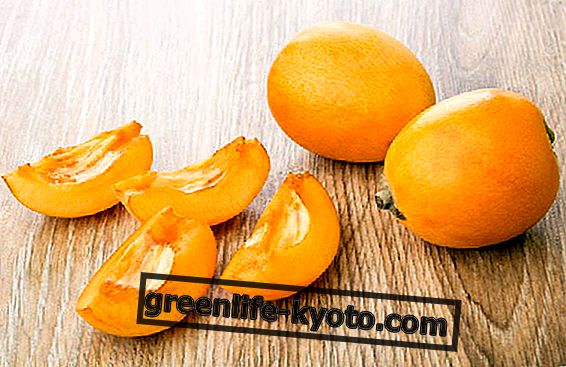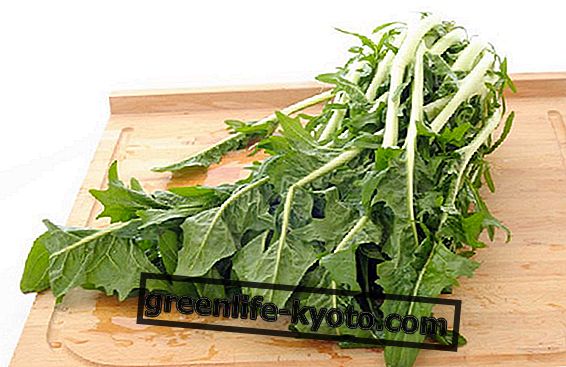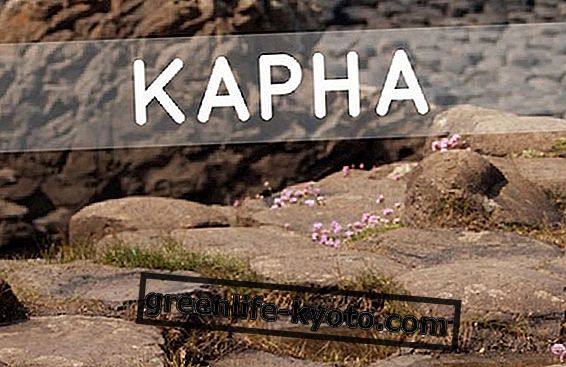Curated by Maria Rita Insolera, Naturopath
The polygal is an officinal plant with an emollient, expectorant and laxative action, useful for diuresis, against intestinal problems, coughs, asthma and bronchitis. Let's find out better.

Properties of the polygal
The polygala is a plant with a laxative, expectorate, emollient and stomachic action, useful for promoting diuresis, against rheumatism and as a tonic.
These important therapeutic properties are due to the presence of active ingredients such as: polygaline, gaulterin, polygalamarine, saponins, tannins, mucilages and heteroside gualterin.
The expectorant property of the polygala makes it an excellent remedy for coughs, whooping coughs, colds, asthma, bronchitis, respiratory diseases. The polygal also stimulates diuresis and sweating and this helps in case of fever.
The polygal also has a laxative action and therefore useful in the presence of intestinal problems, thus favoring the elimination of waste harmful to the body.
Method of use
The entire plant is used in the polygala, including the root. The polygal plant can be used as an infusion for anti-inflammatory and laxative purposes, or as a powder or fluid extract against bronchitis and as an expectorant.
The polygala can also be taken in the form of a decoction, useful as an expectorant against phlegm, making it simply with 30 g of boiled root in a liter of water. The drunk liquid should be filtered, cooled and taken every two hours in the dose of a spoon.
Contraindications of the polygal
Avoid using polygal in case of gastritis, peptic ulcer or hypersensitivity to one or more components. Nausea and vomiting may occur at high doses. The intake of this plant during pregnancy and lactation is contraindicated.
Description of the plant
The Polygala ( Polygala vulgaris ) is a herbaceous, perennial plant belonging to the Polygalaceae family.
The appearance of this plant is very characteristic, in fact it has the trunk, rough and unbranched, bent to the ground and tends to rise in the flowering period (ie between May and August).
The leaves, light green in color, are rounded and very soft. The flowers, small and graceful, are purple or, more rarely, pink or white.
The polygal can reach a maximum height of 15 centimeters. The taste is very bitter. The scent is imperceptible . A botanical particularity of this plant is that the seeds sprout only in the presence of light.
Polygala habitat
The polygala commonly grows in grassy and sunny places, in meadows, from the plain to the mountain belt. Widespread in northern Italy, especially in the Alps, in clay and limestone soils.
Background
The polygala plant was already used in the eighteenth century, in Virgina, by local populations, against poison and snake bites . In Europe, however, its use has always been intended for the treatment of phlegm.
The term polygal comes from the Greek and means "a lot of milk" . This name has given rise to the belief that the plant had the ability to promote milk production but this property has not yet been ascertained.













